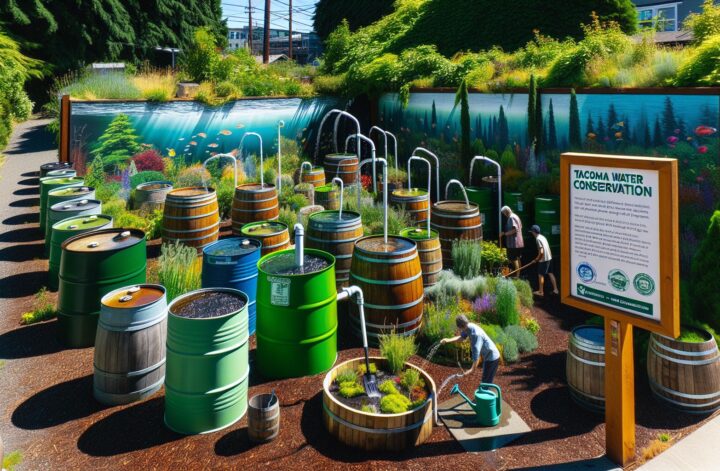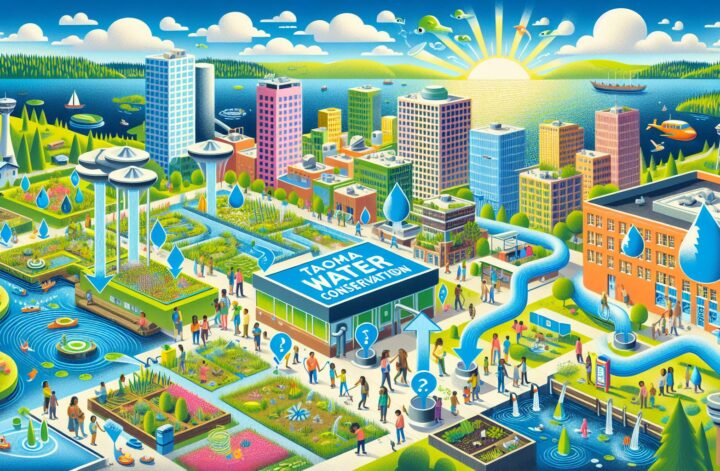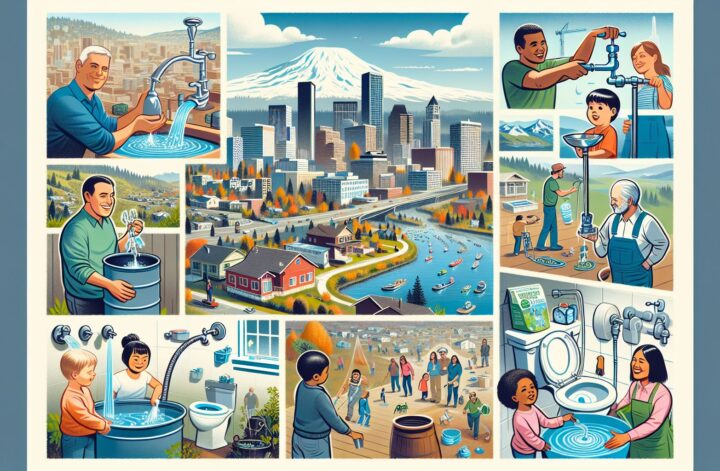With growing environmental concerns and unpredictable weather patterns, one resource that we often take for granted but should be protected fervently is water. We often neglect the scarcity of this natural resource and the pressing need for water conservation globally. It’s particularly important to focus on local systems and efforts, which directly touch our daily lives; one such example can be seen in Tacoma, Washington. This Pacific Northwest city, governed by Tacoma Public Utilities for their water services, has made an admirable leap in ensuring the rational use and management of water resources. Let’s delve deeper into understanding Tacoma Water Conservation, and how each one of us, as Tacoma locals, can contribute to this cause.
Why is Water Conservation Important?
According to EPA ^1^, the average American family uses more than 300 gallons of water per day at home, with roughly 70% of this use occurring indoors. These impressive amounts of water usage cause significant strain on the environment and natural resources. Therefore, conservation practices must be implemented to ensure the longevity and sustainability of these resources.
Water conservation is not merely about saving water but also about protecting the environment, reducing the energy required to process and deliver water, and decreasing pollution. This, in turn, helps safeguard the future of our natural habitats and our own quality of life.
Tacoma Water Conservation
Tacoma Water has been serving the City of Tacoma and the Puget Sound area since 1893 ^2^. They are committed to delivering high-quality drinking water to their customers, with over 330,000 people using it every day. How do they ensure lasting provision of such an enormous amount of water? By planning ahead and conserving.
One of the much-admired efforts from Tacoma Water is the integrated planning approach that combines supply and conservation plans. The water conservation plan is a substantial part of this integrated planning, focusing on the demand side of the water resource management equation.
For instance, Tacoma Water has recently emphasized reducing per capita use of water, committing to average system-wide water use of 100 gallons or less per person per day by 2025. To meet their goal, Tacoma Water has targeted system operations, given rebates for water-saving devices, and launched educational outreach ^3^.
With their residential and commercial conservation programs, Tacoma Water offers useful resources to help customers save water and money. Among these resources, customers can take advantage of free water-saving kits, rebates for installing water-efficient appliances, and support for irrigation system upgrades.
Furthermore, Tacoma Water utilizes advanced leak detection equipment and is also committed to enhancements in operational practices, which reduces the volume needed to meet customer demand. Recycling water for use in irrigation, around company buildings, and for flushing in their operations are excellent examples of Tacoma Water’s pro-conservation stance.
More Ways to Conserve Water at Home
Beyond utilizing the programs and resources from Tacoma Water, there are steps we can take at home to further the cause. Here are a few tips:
- Take shorter showers and turn off the faucet when you’re not using it.
- Install water-efficient shower heads, faucets, and toilets.
- Run full loads of laundry and dishes instead of several smaller loads.
- Use drip irrigation for your gardens and landscapes.
- Harvest rainwater in barrels for outdoor watering needs.
- Regularly check for leaks and repair them as soon as possible.
In conclusion, as responsible consumers, it’s necessary for us to understand and honour the value of water conservation. The Tacoma Public Utilities has taken a leading role in ushering the City of Tacoma and its environs towards an era of water conservation. Yet, it is up to us individuals, as end users, to coil and put forward our efforts towards this cause by changing our water use habits. Only through this collective effort can we ensure a sustainable water future for ourselves and generations yet to come.




